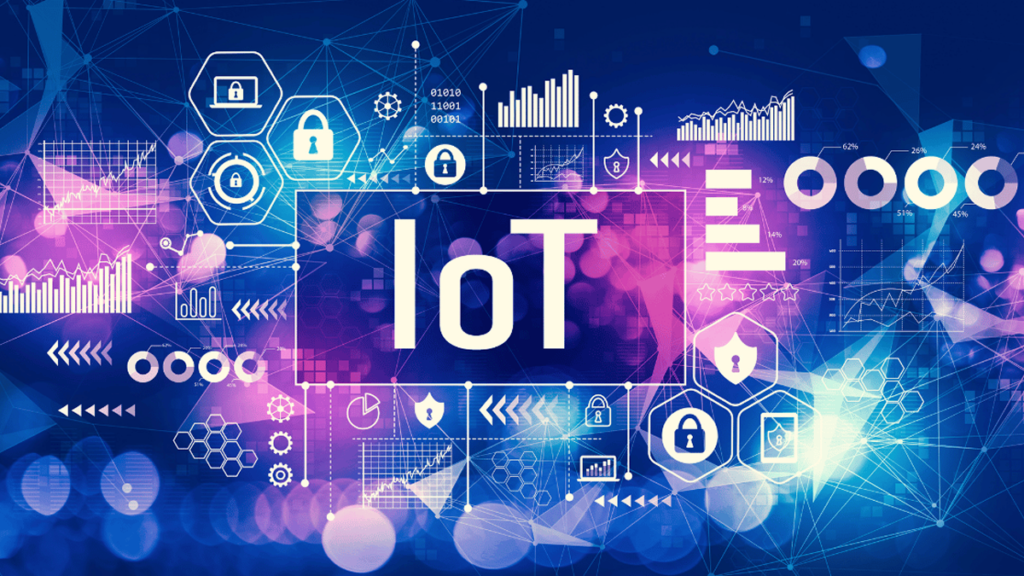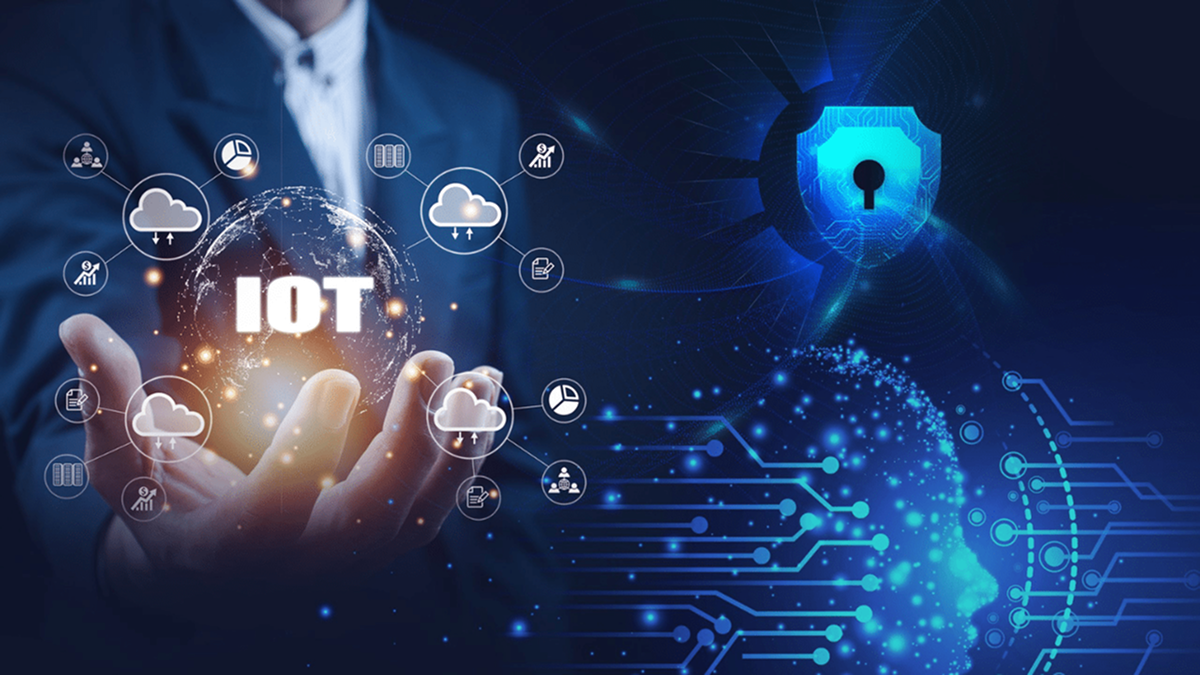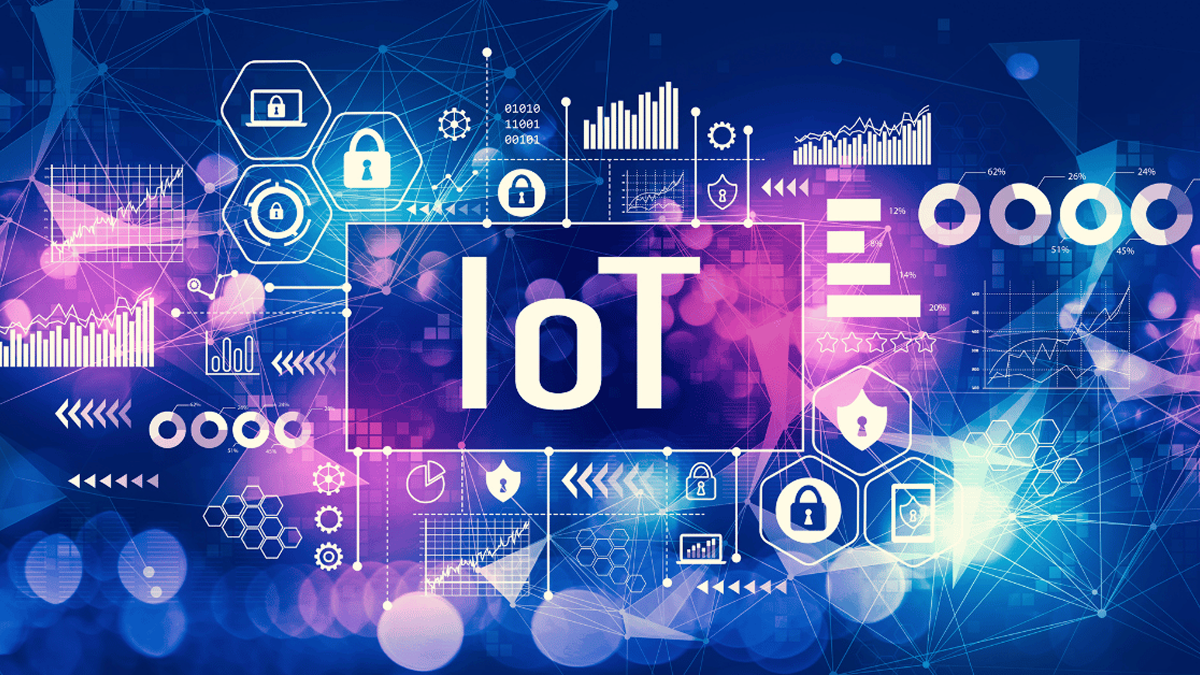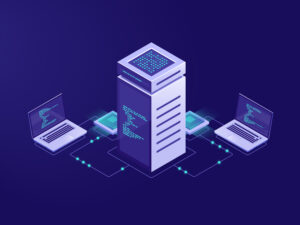In the world of smart devices, speed is everything.
Whether it’s a factory floor sensor spotting a fault, a self-driving car detecting a pedestrian, or a wearable monitoring your heartbeat—decisions need to happen instantly.
But here’s the catch: when every piece of data has to travel all the way to the cloud and back, there’s delay. And in IoT, delay can mean danger, downtime, or a missed opportunity.
That’s why Edge Computing is becoming the quiet hero of the Internet of Things (IoT) revolution. It’s not here to replace the cloud. It’s here to bring decision-making closer to the source—right where the data is created.

What Is Edge Computing, Really?
Think of traditional IoT like this:
Your smart device captures data.
That data is sent to the cloud for processing.
The cloud returns instructions.
Your device responds.
Sounds good—until you realize this entire loop can take hundreds of milliseconds. And when you’re dealing with real-time events, even milliseconds matter.
Edge computing flips that model.
With edge computing, data processing happens right on the device or close to it—at the “edge” of the network. No need to ship every bit of data to a distant data center. Devices analyze, decide, and act on their own (or with minimal help).
Why It Matters in IoT
The Internet of Things is all about interconnectivity. But it’s also about real-time intelligence. And that’s where edge computing makes the biggest impact.
1. Real-Time Processing
An industrial robot detecting overheating doesn’t have time to send a status update to the cloud and wait for a reply. Edge computing allows it to shut itself down immediately—preventing damage or downtime.
2. Reduced Latency
Edge devices eliminate round-trip data journeys. This is critical for:
Autonomous vehicles
Medical monitoring systems
Smart manufacturing
AR/VR applications
Faster decisions mean safer systems.
3. Lighter Cloud Load
By filtering and analyzing data locally, only essential information is sent to the cloud. That reduces network traffic and cloud storage costs—especially useful when you’re dealing with millions of connected devices.
4. Better Security & Privacy
Not all data needs to leave the device. With edge computing, sensitive information (like health data or financial transactions) can be processed locally, reducing exposure to cyber threats and compliance risks.
Use Cases: Where Edge + IoT Really Shine
Smart Factories
Edge-powered sensors detect anomalies in real-time on the assembly line—like temperature spikes or mechanical vibration—triggering immediate responses before bigger issues emerge.
Autonomous Vehicles
Cars process data from cameras, LIDAR, and GPS on the fly. Waiting for cloud servers to process braking decisions isn’t just inefficient—it’s unsafe. Edge makes these systems reactive and resilient.
Healthcare Wearables
Smart watches and medical monitors process real-time vitals locally and only send alerts to the cloud when thresholds are crossed—saving bandwidth and acting quickly when needed.
🌆 Smart Cities
Traffic lights, surveillance systems, and energy grids use edge computing to manage resources more efficiently, reduce lag, and respond to conditions on the ground.
How It All Connects: Edge, Cloud, and the Hybrid Future
Let’s be clear—edge computing doesn’t replace the cloud. They work together.
The edge handles real-time decision-making.
The cloud handles heavy lifting: analytics, long-term storage, historical insights, and coordination across systems.
This hybrid model gives you the best of both worlds—speed at the edge, strategy in the cloud.
Challenges on the Edge
Of course, edge computing comes with its own complexities:
Hardware limitations: Devices at the edge often have limited power and compute capacity.
Management overhead: Scaling, securing, and updating a distributed network of edge devices is no easy task.
Data consistency: Ensuring accuracy across devices and syncing with the cloud can be tricky.
But the value? It’s undeniable. And with the rise of lightweight AI models, 5G networks, and smarter edge chips, these challenges are becoming easier to overcome.



Intelligence, Right Where You Need It
The future of IoT isn’t just about more devices—it’s about smarter ones.
Edge computing makes that possible by enabling devices to think and act on their own. It brings intelligence to the edge of the network—where decisions can’t wait.
As industries evolve toward automation, responsiveness, and autonomy, edge computing won’t be optional. It will be the standard.
Because in IoT, the difference between “now” and “a few seconds later” can change everything.



